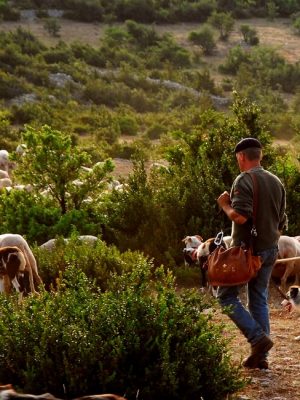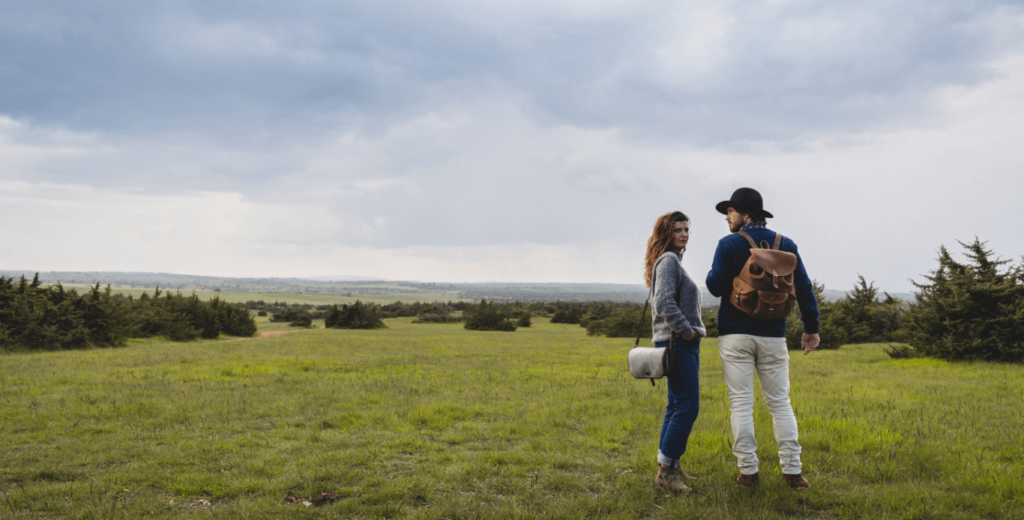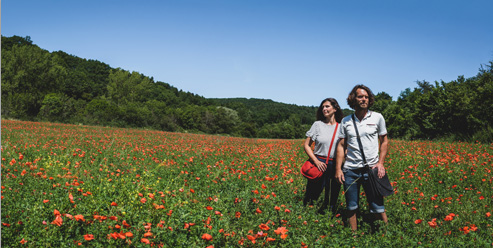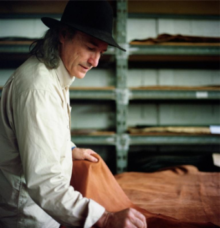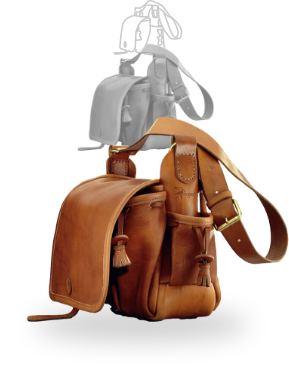The sheep, man's companion for thousands of years
From the Middle East, the Maghreb, Greece and Ancient Rome to the South of France, sheep have been the symbol of religious and economic life around the Mediterranean for over ten thousand years.
Protector of his flock and deeply attached to its rhythm, the shepherd's only luggage was a sack.
A bag with pockets and compartments to hold food, ointments, knives and tools.
Sturdy, roomy bag to protect clothes and woollens, and to hold a large umbrella against its flap.
Supple bag, worn over the shoulder, to follow the curves of the body.
Our leather craftsmen are committed to offering you the best possible products. Here, every bag is made with care, using traditional production methods and ensuring that every detail is perfectly executed. Leather bags are built to last, offering timeless elegance and style that never goes out of fashion.
